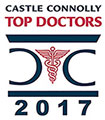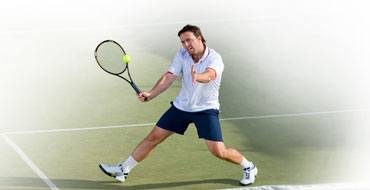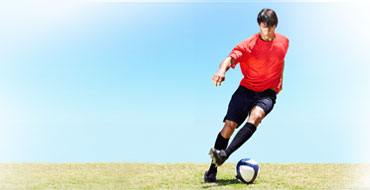Shoulder, Arm, Elbow
Broken Arm
The forearm is made up of 2 bones namely the radius and ulna. The primary function of your forearm is rotation i.e., the ability to turn your palms up and down. The fracture of the forearm affects the ability to rotate your arm, as well as bend and straighten the wrist and elbow. The breaking of the radius or ulna in the middle of the bone requires a strong force and it is most commonly seen in adults. In most of the cases, both bones are broken during a forearm fracture.
Broken Collarbone
The clavicle or the collarbone is the bone that connects your sternum or breastbone to your shoulder. Clavicle fracture, also called broken collarbone is a very common sports injury seen in people who are involved in contact sports such as football and martial arts as well as impact sports such as motor racing.
Elbow Fractures in Children
The elbow is a joint that consists of three bones – the humerus (upper arm bone), radius (forearm bone) and ulna (forearm bone). An elbow fracture most commonly occurs when your child falls on an outstretched arm. It can lead to severe pain in the elbow and numbness in the hand. Fractures are more common in children due to their physical activities as well as their bone properties. Children’s bones have an area of developing cartilage tissue called a growth plate which is present at the end of long bones that will eventually develop into solid bone as the child grows.
Forearm Fractures in Children
Introduction
The radius (bone on the thumb side) and ulna (bone on the little-finger side) are the two bones of the forearm. Forearm fractures can occur near the wrist, near the elbow or in the middle of the forearm. Apart from this, the bones in children are prone to a unique injury known as a growth plate fracture. The growth plate, which is made of cartilage (flexible tissue) is present at the ends of the bones in children and helps in the determination of length and shape of the mature bone.
Fracture of the Shoulder Blade (Scapula)
The scapula (shoulder blade) is a flat, triangular bone providing attachment to the muscles of the back, neck, chest and arm. The scapula has a body, neck and spine portion.
Clavicle Fracture
Clavicle fracture, also called broken collarbone is a very common sports injury seen in people who are involved in contact sports such as football and martial arts as well as impact sports such as motor racing. A direct blow over the shoulder that may occur during a fall on an outstretched arm or a motor vehicle accident may cause the clavicle bone to break. Broken clavicle may cause difficulty in lifting your arm because of pain, swelling and bruising over the bone.
Radial Head Fractures
The elbow is a junction between the forearm and the upper arm. The elbow joint is made up of 3 bones namely the humerus bone in the upper arm which joins with the radius and ulna bones in the forearm. The elbow joint is essential for the movement of your arms and to perform daily activities. The head of the radius bone is cup-shaped and corresponds to the spherical surface of the humerus. The injury in the head of the radius causes impairment in the function of the elbow. Radial head fractures are very common and occur in almost 20% of acute elbow injuries. Elbow dislocations are generally associated with radial head fractures. Radial head fractures are more common in women than in men and occur more frequently in the age group of 30 and 40 years.












